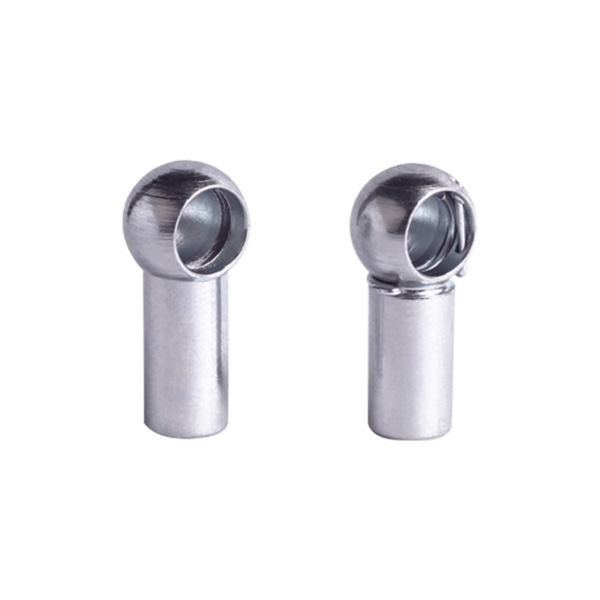Ball Joints – The Unsung Heroes of Vehicle Suspension Systems
2025-06-12
When it comes to vehicle safety and smooth driving experience, many parts work together behind the scenes. One such crucial but often overlooked component is the ball joint. This small but mighty part plays a key role in the suspension and steering systems of cars, trucks, and SUVs, ensuring stability and control on the road.

What Are Ball Joints?
A ball joint is a spherical bearing that connects the control arms of a vehicle to the steering knuckles. It allows for flexible movement in multiple directions, enabling the wheels to move up and down while steering left or right. Think of it like the ball-and-socket joint in your shoulder or hip—it provides both support and freedom of motion.
Why Are Ball Joints Important?
Steering Precision: Ball joints allow the wheels to pivot smoothly, translating steering input into accurate wheel movement.
Suspension Flexibility: They enable the suspension to absorb bumps and uneven terrain while maintaining wheel alignment.
Safety: Worn or damaged ball joints can lead to poor handling, uneven tire wear, and even loss of vehicle control.
Longevity: Quality ball joints contribute to the overall durability of the suspension system.
Types of Ball Joints
Load-Bearing Ball Joints: Support the weight of the vehicle and connect lower control arms to steering knuckles.
Non-Load-Bearing Ball Joints: Typically found in upper control arms, aiding in suspension articulation but not bearing the vehicle's weight.
Press-In Ball Joints: Installed by pressing into place, common in older vehicles.
Bolt-On Ball Joints: Easier to replace, secured with bolts for modern vehicles.
Signs of Worn Ball Joints
Clunking or knocking noises when going over bumps or turning.
Uneven or rapid tire wear.
Vibration in the steering wheel.
Loose or wandering steering.
Vehicle pulling to one side.
Maintenance and Replacement Tips
Regular Inspections: Especially during routine vehicle servicing, check ball joints for play or damage.
Lubrication: Some ball joints come with grease fittings; regular greasing can extend their lifespan.
Timely Replacement: Don’t ignore signs of wear—replacing ball joints promptly ensures safety and prevents further suspension damage.
Professional Help: Ball joint replacement requires special tools and expertise; consult a trusted mechanic.
Conclusion
Though small, ball joints are vital components that keep your vehicle’s suspension and steering systems functioning properly. Understanding their role, recognizing warning signs, and maintaining them well can significantly improve driving safety and comfort. Next time you take a smooth turn or ride over a bump, you can thank those hardworking ball joints!


